Some great names involved but the product was drek…
by Wallace Wyss –
It seemed like old times. Here you had Kjell Qvale, a successful car dealer in San Francisco, and here he had Alejandro de Tomaso, a successful car builder in Italy. A marriage made in heaven, right?
Way back in the ‘60s, De Tomaso had made a very dramatic styled (by Giugiaro) mid engined car called the Mangusta and Qvale was the only car distributor that brought them into the US, Ford scared off because of its edgy engineering and inconsistent assembly methods.
So in the period just before the year 2000 Kvale (pronounced QUE-VALLEY) thinks it’s going to be like old times when he takes out his wallet and orders another Ford powered product from his old amigo, De Tomaso.
Alejandro de Tomaso had a reputation something like Shelby’s, i.e. being a racer in the ‘50s, he never had a big success like Shelby (who won Le Mans in ’59 for Aston Martin). But he did build a variety of interesting cars.
Qvale had successfully imported the Maserati Biturbos (which were full of flaws) and the Maserati Quattroporte (less flaws) from De Tomaso, who had bought Maserati in their darkest hour.
But De Tomaso wanted to make another car using a cheap American V8 engine and in the 1996 Geneva auto show he unveiled the Bigua. He originally wanted funding from the Italian government who had helped him buy Maserati, but this time around they turned him down. Who should show up checkbook in hand but Kjell Qvale, willing to fund the car’s development into a production car.
But though the car came out as a De Tomaso Mangusta, recalling the mid-engined car’s name, after the two families began fighting over distribution and licensing issues, De Tomaso removed his name and it became the Qvale Mangusta, not quite a well known name (not to mention unpronounceable).
Qvale’s son Bruce, ran the operation and it was said $30 million went into it. They had a factory in Italy, on the outskirts of Modena, so it was genuinely built in Italy. And it had a pretty high price tag–$84,200—(another source says $78,900) which is what you could buy a used Ferrari for at the time.
The appeal was supposed to be not the usual problem of hard to get parts, with the powertrain, the fuel system, the Mustang steering column, and the Mustang interior bits all American sourced and approved by various government agencies.
I didn’t realize until I researched it that it had a three-layer molded resin body which was produced by a famous Italian designer Marcello Gandini, who I am presuming designed the car. He is famous for his Lamborghini Miura, Countach and Espada. The chassis was not a Mustang floor pan but a 640-pound chassis made from flat sheets and tubes by Vaccari & Bosi, who basically followed the way they make exotic car chassis.
MUNDANE STYLING
The styling gets mixed results. The hood line is a bit high, the rocker panels too flat the rear end too heavy looking.
It had an unusual top designed by Gandini called Rototop, which had three modes—all the way down, half up like a targa and all the way up. If you want the targa configuration you had to store the top panel in the trunk where it takes up almost all the room. Hard to justify this mistake in a car so expensive.
Those who drove it say it feels like a Mustang. One problem is it weighs about 360 lb. more than a Mustang “Cobra,” Ford’s name for their high performance Mustang of the time. It would reach 0 to 60 mph in under 6 seconds. The gearbox was a Tremec T45 five-speed with widely spaced ratios. The engine, for fear of running afoul of the fed was Ford’s 4.6-liter DOHC V-8 with an advertised 320 horsepower and 314 pound-feet of torque. An option was low-profile Michelin Pilot Sports for $2310 mounted on 18-inch Antera wheels. The car was engineered to err on the side of safety rather than be a balls-to-the-wall performance car.
Car and Driver tested it and ran down the car for its mediocre 0.80-g performance on the skidpad and 197-foot stopping distance from 70 mph. They blamed it on the weight and a package designed for comfort. The car had quality issues and was constantly being revised, such as changing the roof latch for 2001.
Between 2000 and 2002, only 284 were made. Another automaker was willing to pick up the pieces. When folding up his involvement, Qvale managed to sell all the tooling assets to MG who made the XPower SV and continued to build it in Modena, it remained in production from 2003 to 2005.
DeTomaso went on to develop a new mid engine car, which never saw introduction in America.
I talked to Qvale once about the second gen Mangusta and it was a short conversation, with the one memorable quote sticking in my brain: “Well, we only lost $16 million on that one.”
Now that seems like a lot of money to you and me but I know the Qvales had a horse once worth $12,000,000 so when you are in that league you can take a few hits in business.
Would I buy one? Well, if it was more stylish, considering today they are probably well below $20,000, I’d think about it. But they just look like a customized Mustang. Somehow Gandini, so famous in the ‘60s, seemed to have lost his touch on that one.
Let us know what you think in the Comments.
.
Wallace Wyss
THE AUTHOR: Wallace Wyss is the author of 18 automotive histories. As a fine artist, he is painting portraits of the great cars. For a list of prints, one can write mendoart7@gmail.com.
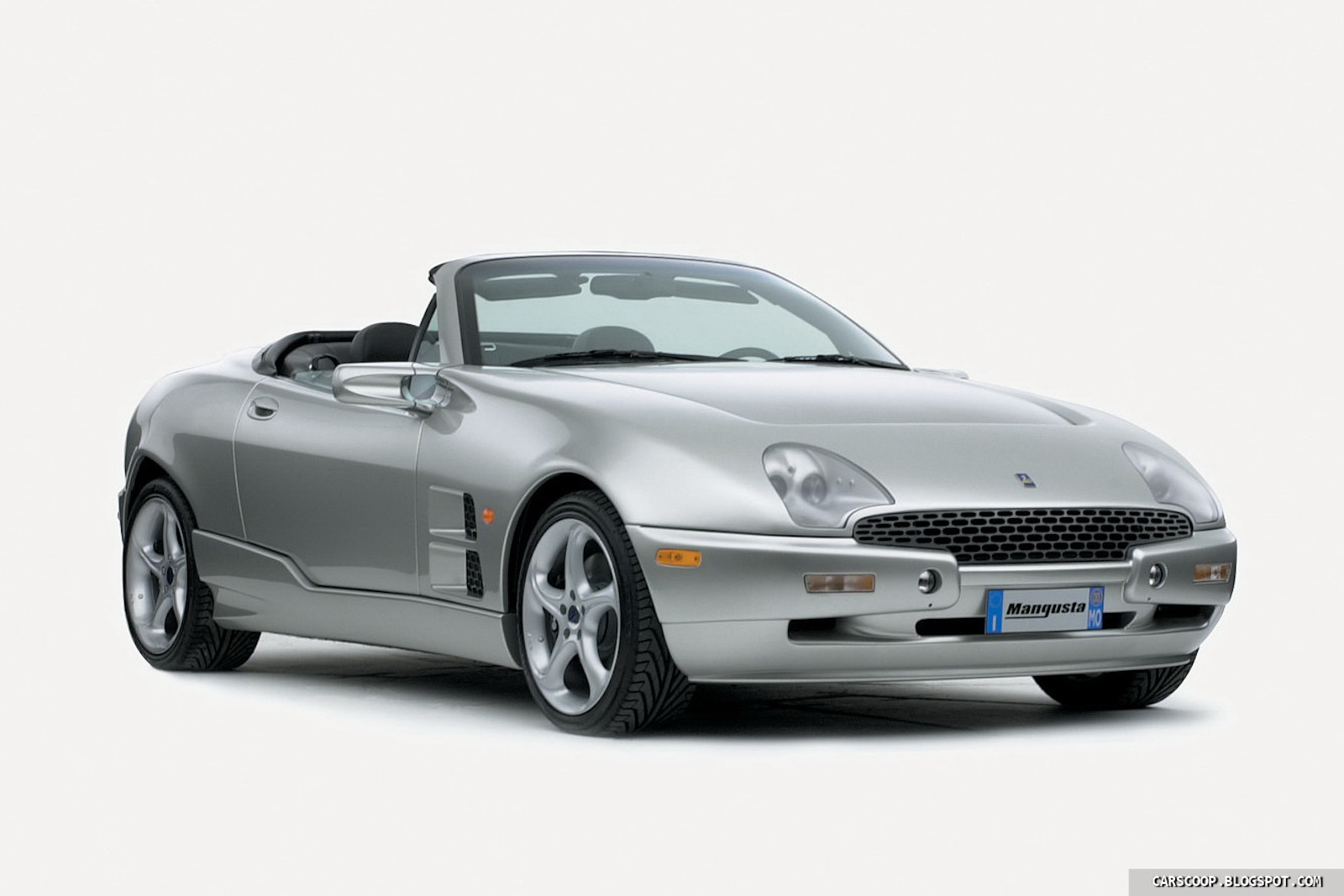
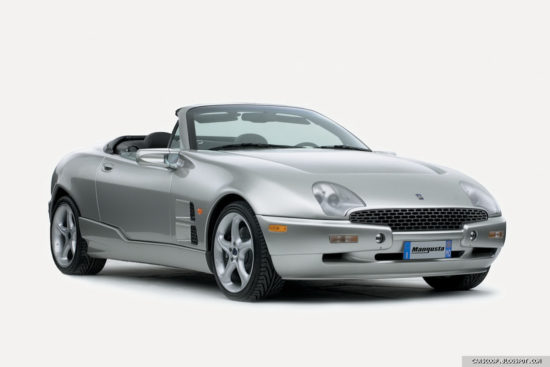
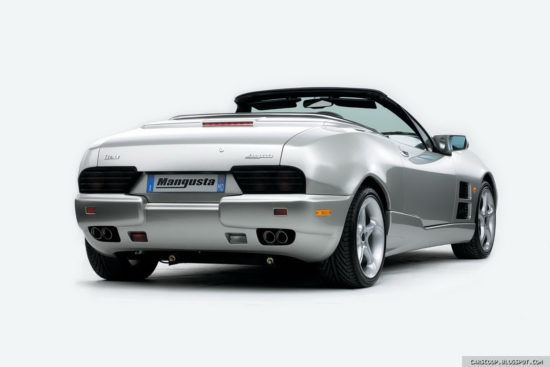
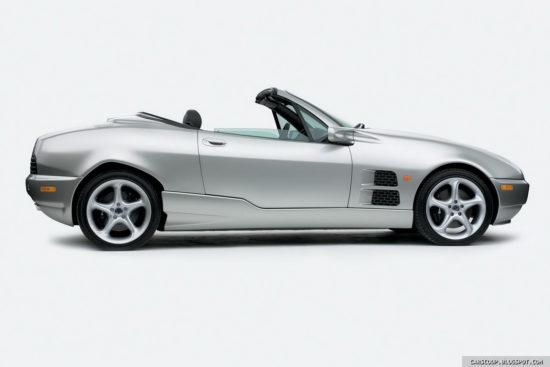
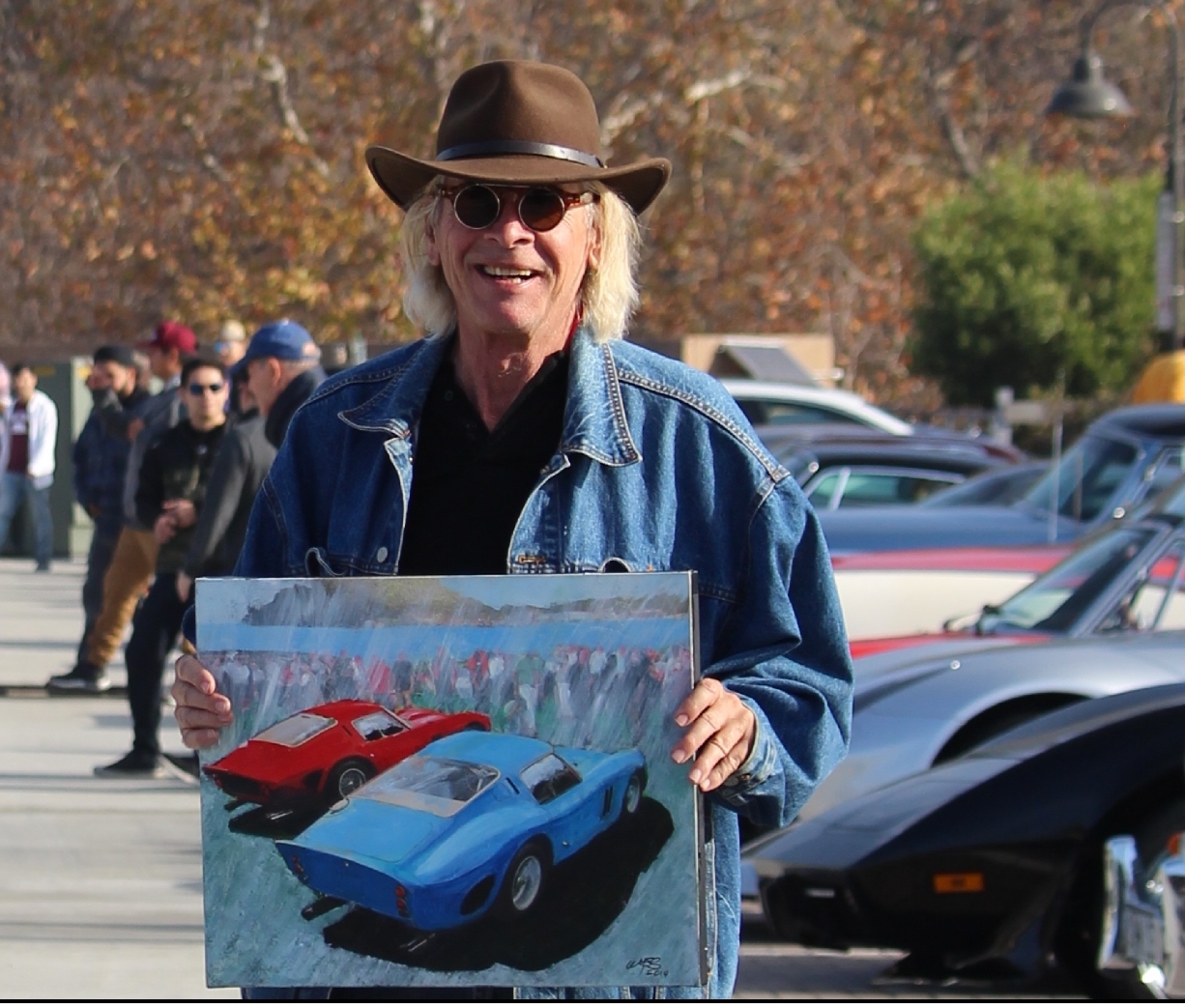
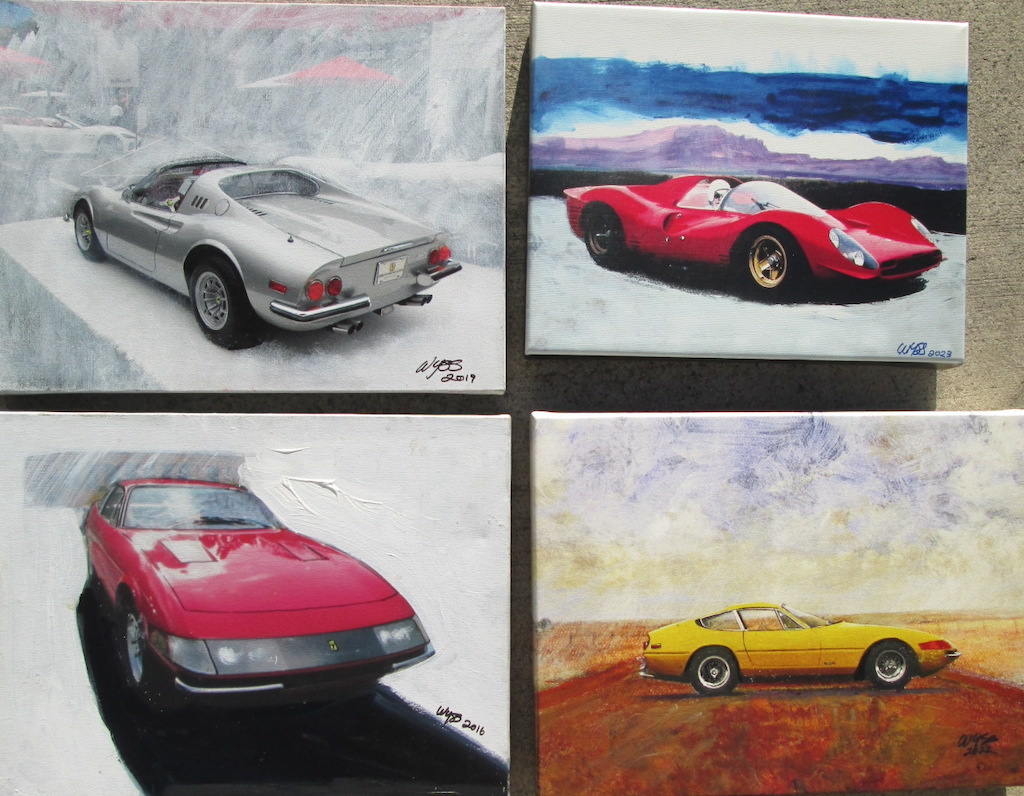

Bruce Qvale actually raced a Mangusta in the North American Trans Am series in 2001. He hired Joe Huffaker as his Crew Chief to Maintain his team. I actually believe that Joe Huffakers Father prepared Bruces Dads’ British Race Cars back in the sixties. Bruces’ sponsor was the clothing firm Tommy Bahama. I am posting this because I have to tell you that you would never know that Bruce was that Wealthy! He was a great guy, always a pleasure to be around. He was a good Driver and gave you plenty of room on the race track and always remained a Gentleman. The Trans Am Mangusta was a full Tube Frame so it did not ride on the stock chassis. I don’t remember , but the chassis was probably built by Huffaker Racing.
Great article. I drove a Qvale Mangusta from Seattle to Los Angeles in 2013. It was a fantastic trip.
These cars are rock solid. They handle and brake much better than a Mustang… even an SVT.
The only major repair I performed on my Mangusta was changing the waterpump. I did it myself and the total bill came to about $39.00.
I held on to it for three years hoping the value would rise along with other exotics, but I ended up selling it for what I paid for it – so no harm done.
I SUSPECT HE DROVE A FULL TUBE CHASSIS, AS THE FACTORY PLATFORM WAS A NIGHTMARE TO HANDLE. I WOULD GUESS ANYBODY WHO TRIED TO RACE AROUND IN ONE CRASHED IT WITHIN THE FIRST YEAR OF OWNERSHIP. I LOVED THE LINES OF THAT CAR. BUT ANYBODY OVER 5FT 8, HAD THEIR HEAD UP AGAINST THE WINDSHIELD. THEY SHOULD HAVE MADE THAT CAR 20% BIGGER, ALL AROUND, AS BIG AS A PANTERA.